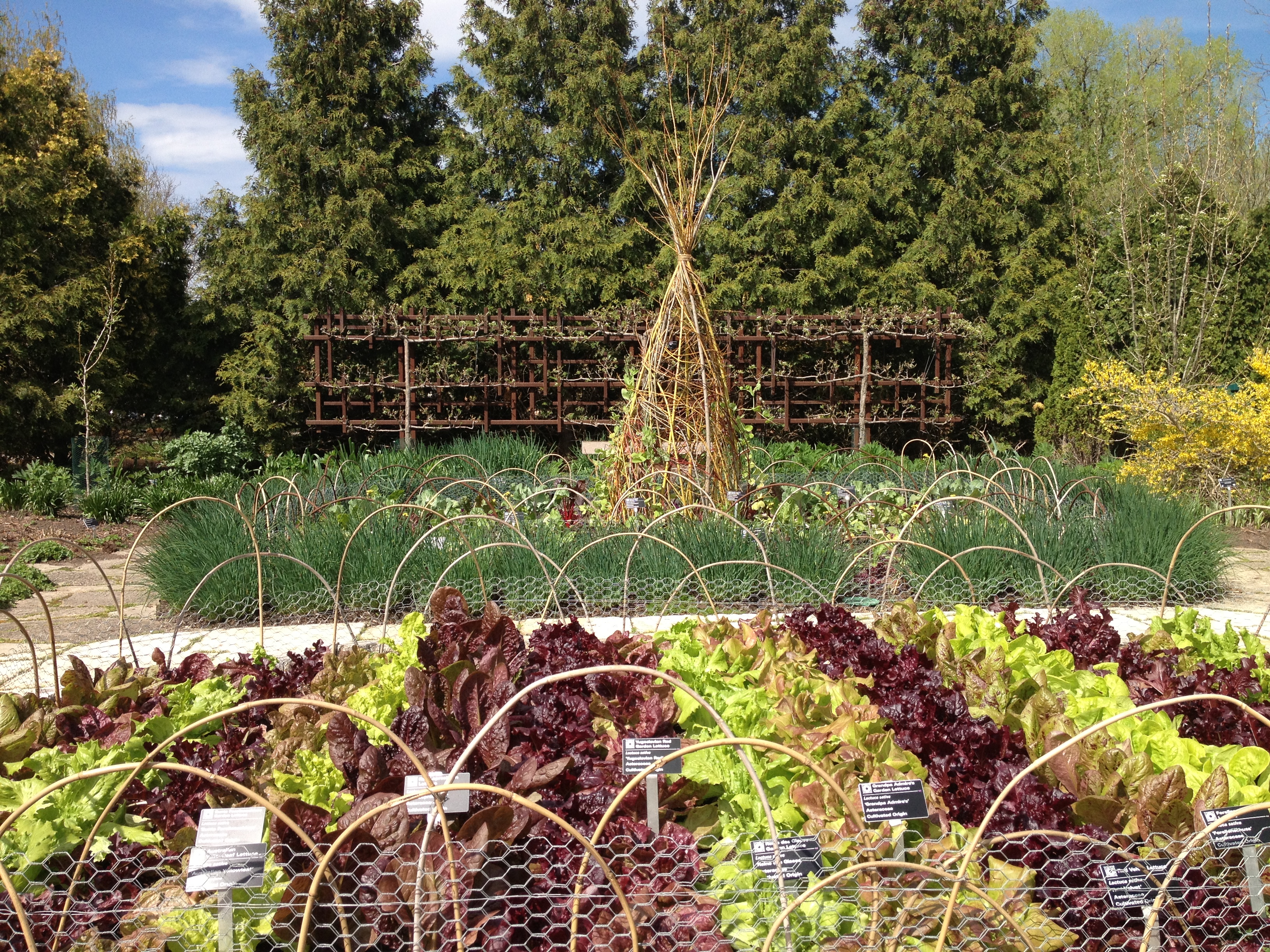As you walk from car to doorway, ripe blueberries wait to be plucked, the fragrance of basil reminds you of the pesto planned for dinner, a small slug meets its end before snacking on the lettuce seedlings. Without knowing it, you’re practicing permaculture.
And as part of an effort to aid this growing movement, a free new course at Oregon State University this spring may help you learn more.
“Part of permaculture is placing elements for efficient management as you move through the garden,” said Andrew Millison, a permaculture instructor in the department of horticulture at OSU. “It’s the most efficient garden system.”
High-maintenance plants are placed closest to human activity. Lower-care plants go farther away because you don’t need to deal with them as much.
“If a gardener pays attention to something, it grows well,” Millison said. “If it’s in your face, you’ll pick a slug off, you’ll pluck a tomato, you’ll fix a trellis after the wind blows it down. So you place things that need high attention where they’ll get it.”
Millison, a longtime proponent, practitioner, designer and builder of permaculture systems, will teach a free, online course, Intro to Permaculture Design, from May 2–30. The massive open online course, or MOOC, is intended for anyone, anywhere, who wants to take a course from OSU. Registration continues through May 1. About 10,000 people are expected to take the class.
Students will spend two to four hours a week creating their own permaculture design by importing a Google map of their site and using a simple drag-and-draft tool. Through videos, graphics, interactive technology and readings, they’ll get an overview of permaculture, learn to do a site analysis, study methods and principles and get into climate-specific strategies.
“I’ve seen exponential growth in permaculture in recent years because it directly addresses many of the issues that are on people’s minds, such as climate change, food security and the alleviation of poverty,” Millison said. “It offers solutions to these issues, and this course gives people a way to make a positive impact.”
Permaculture is a system of designing sustainable landscapes, Millison said, and encompasses social and cultural as well as ecological ethics.
“When I first got interested in permaculture back in the ‘90s, I was looking for a way people could live on the planet and provide for themselves in a harmonious way with nature,” he said. “That’s what permaculture is about. My elevator definition is that it’s a sustainable land system.”
In the home garden, he suggests:
- Evaluate the site. Note the exposure of sun and shade; where soil is dry or wet; areas that are windy or where frost remains longer than other parts of the garden.
- Plan the garden according to the site, keeping in mind that highest-maintenance plants go closest to human activity.
- Create a diverse habitat with plants for humans and other living things. Plant vegetables, herbs and fruit. Put in native hedgerows and plants with nectar, seeds and berries. Add water features.
- Compost woody debris and food scraps on site. Create fertile cycles by building the soil with compost, which in turn will produce healthy food.
The MOOC is a joint effort of Open Oregon State, OSU Professional and Continuing Education, Oregon State Ecampus and OSU Extension and Experiment Station Communications.

